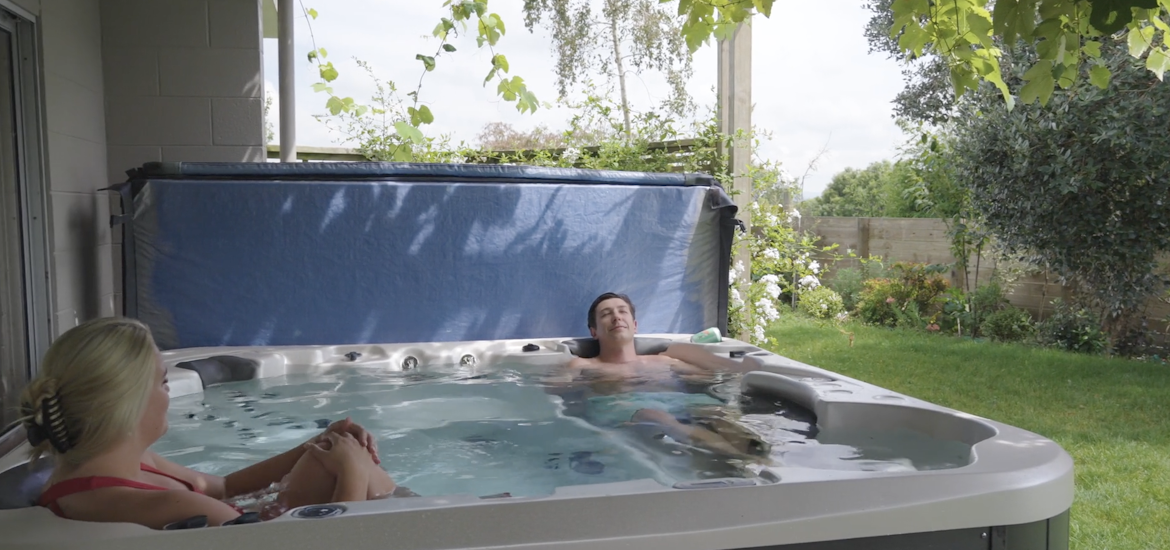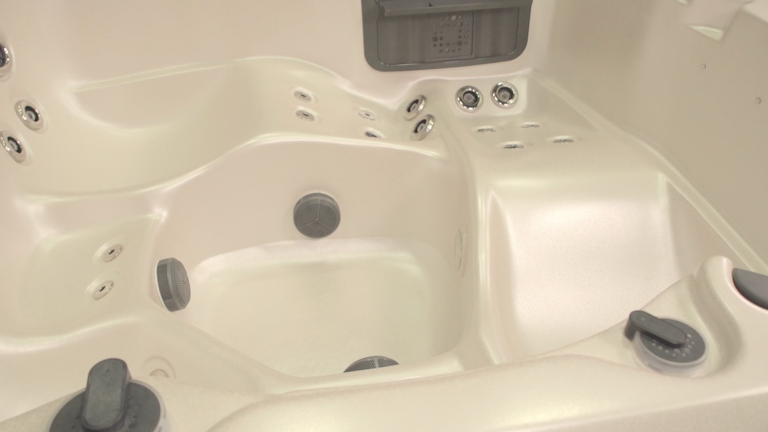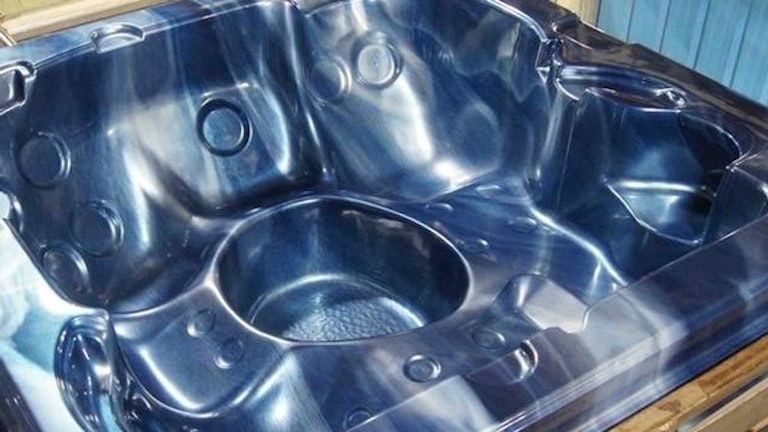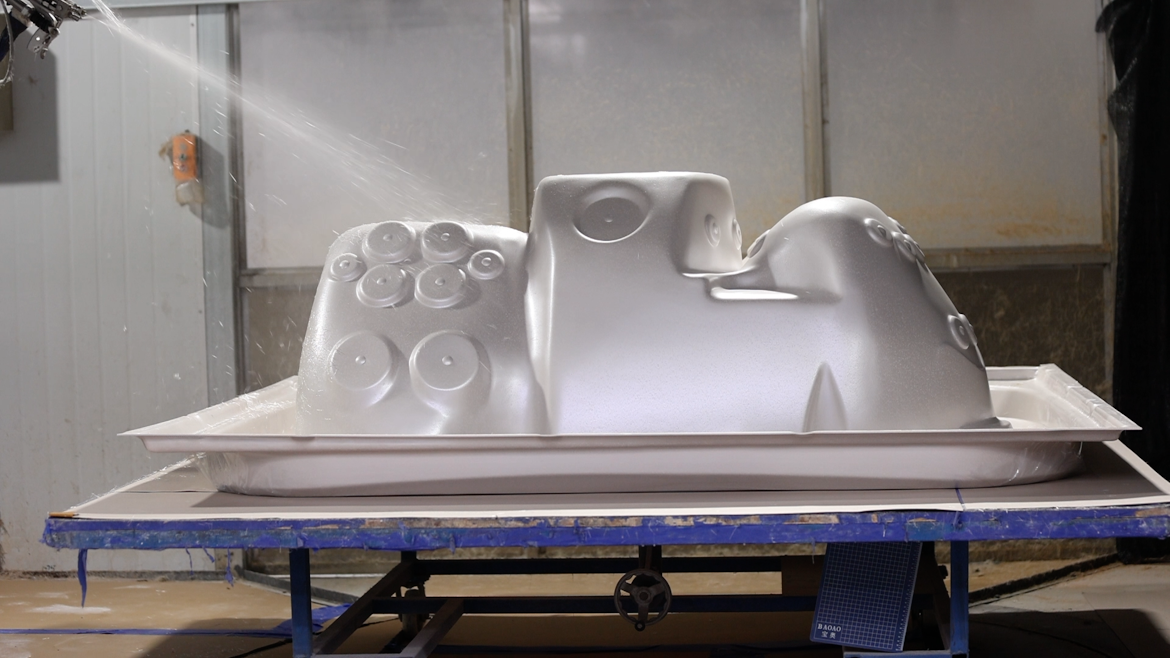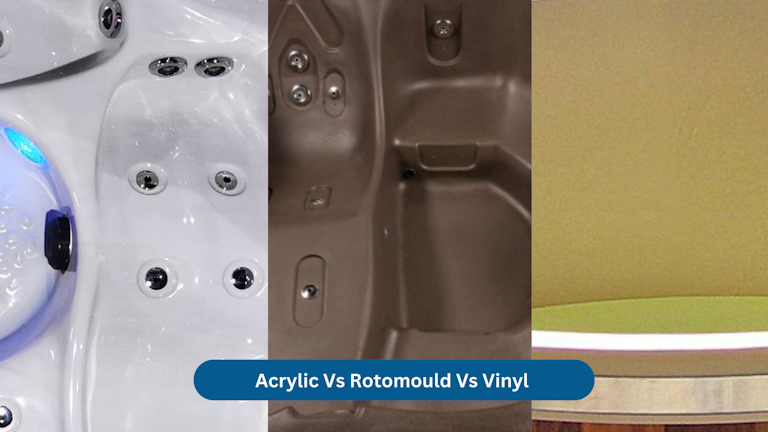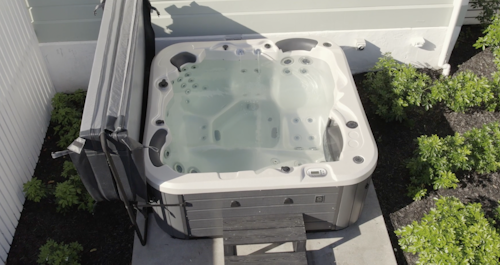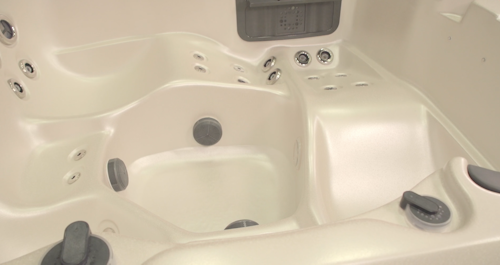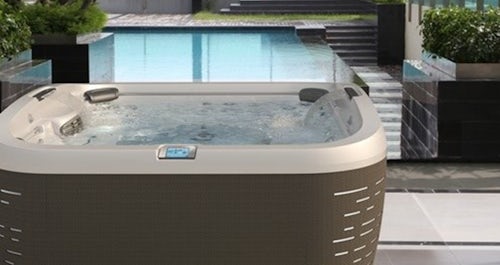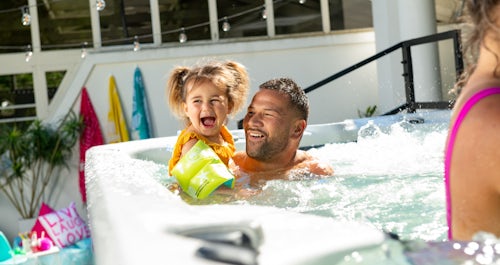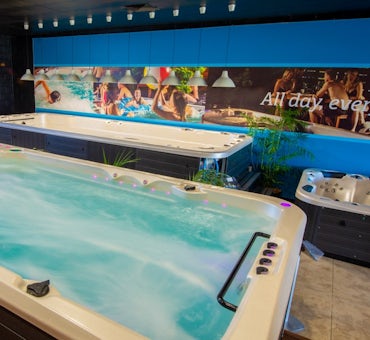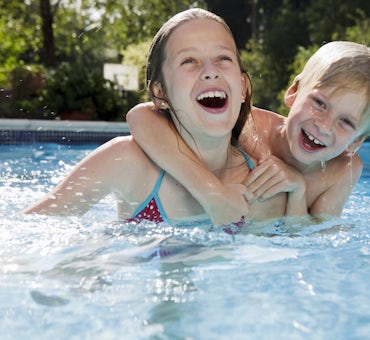When shopping for a spa, one of the most important features to consider is the spa shell because you can replace pumps, heaters and other parts, but not the spa shell.
Vortex Spas™ uses the durable Thermobond™ Spa Shell, which is designed to last the lifetime of your spa.
In this article, you'll learn:
